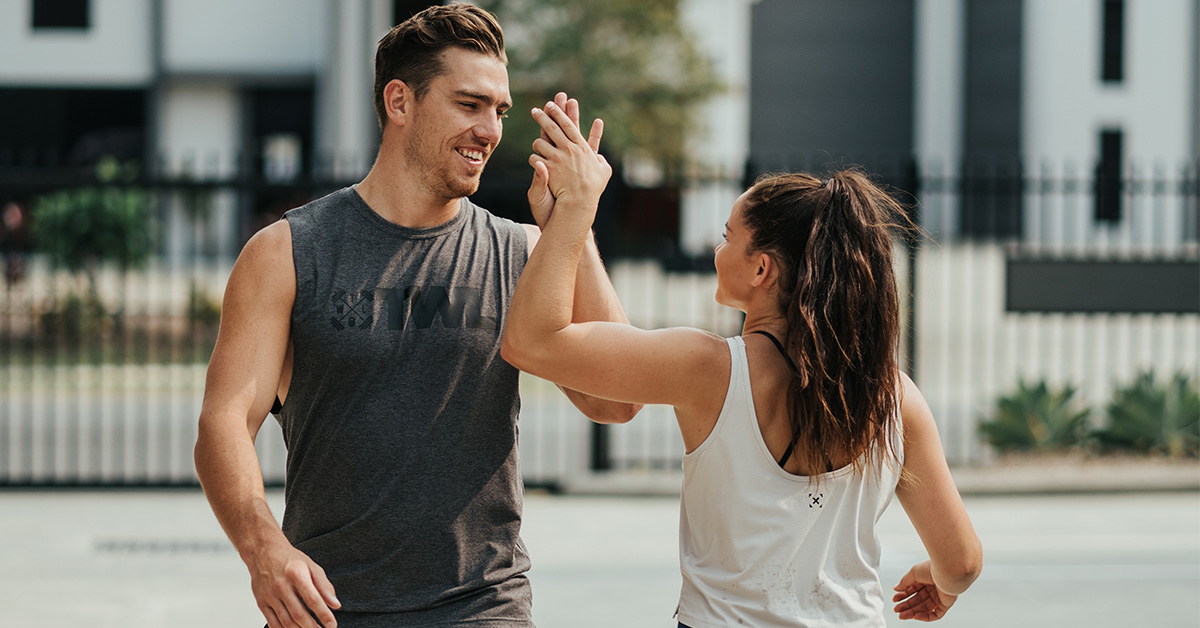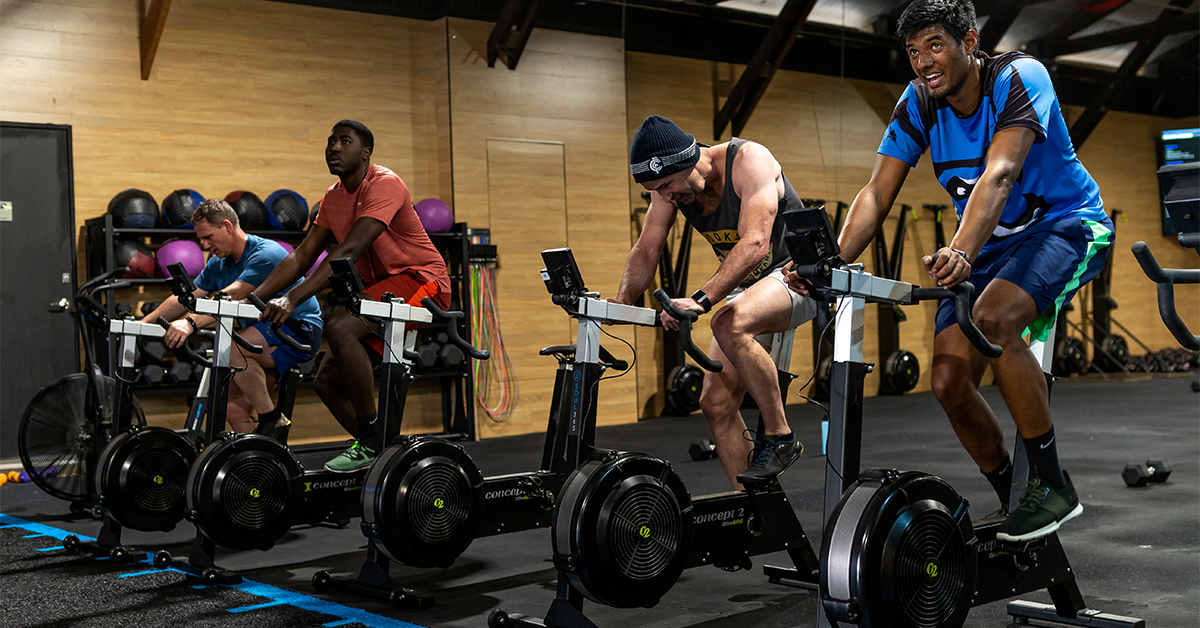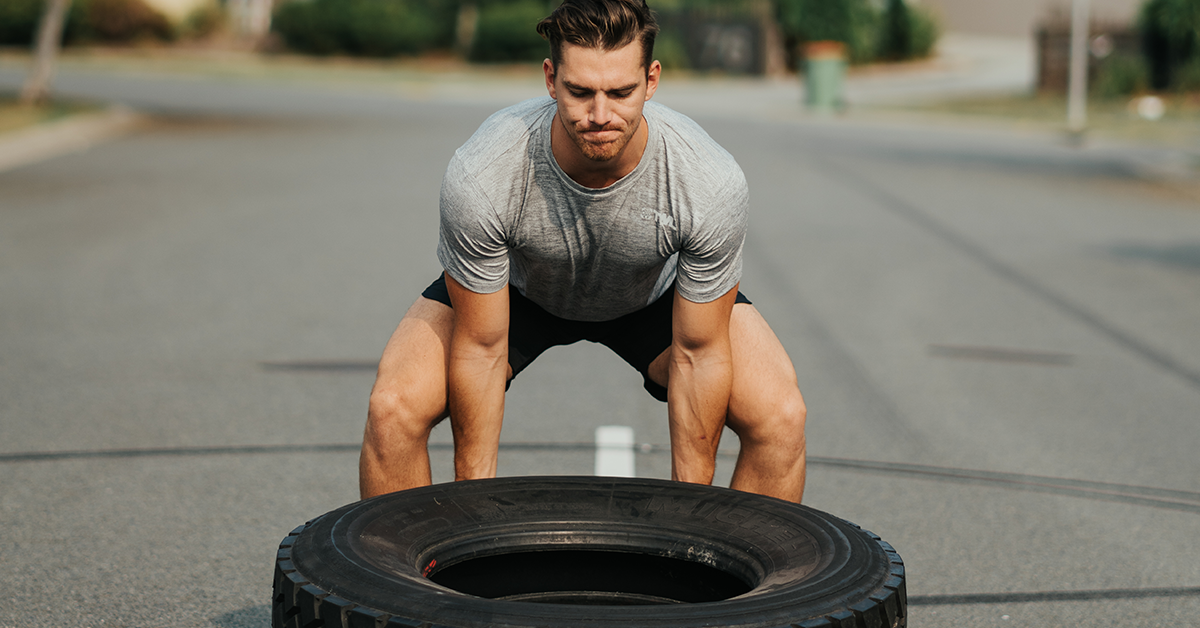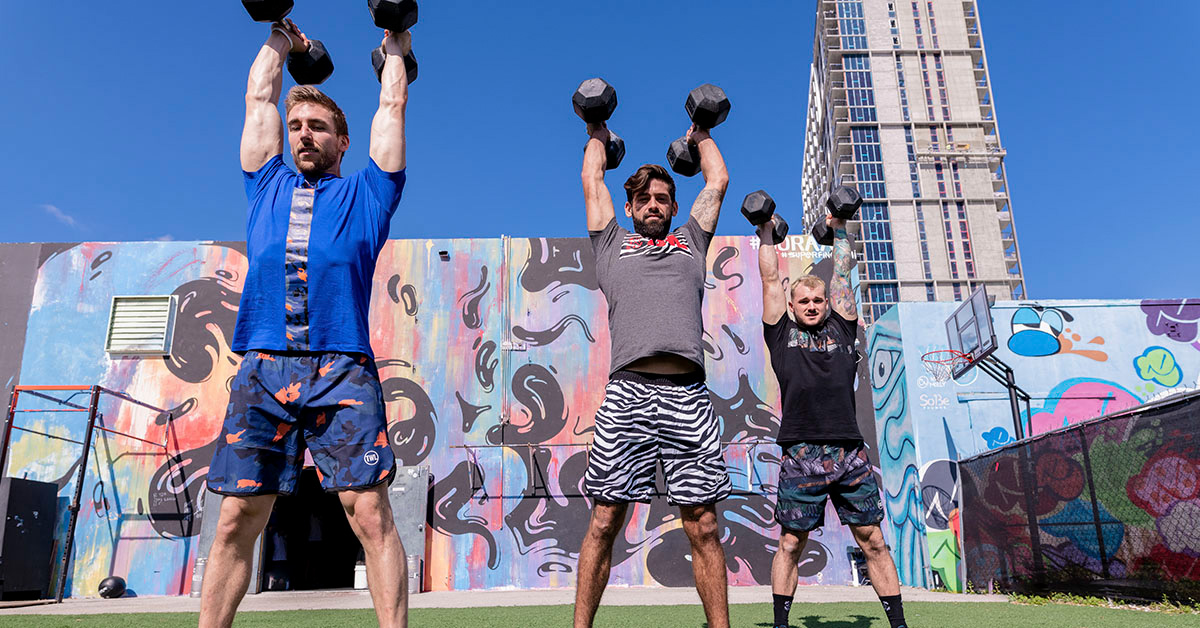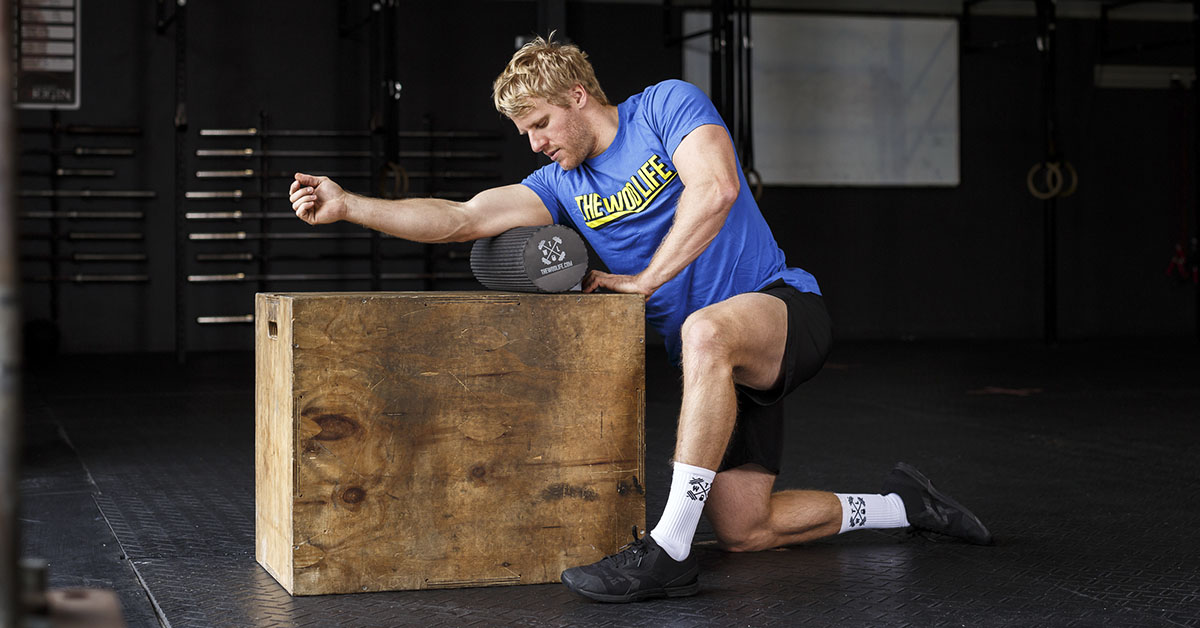When you first start functional fitness, your body is going to be exposed to many new stimuli. As a result, you’ll likely experience soreness you haven’t yet, in places you didn’t even know you had. You already know staying physically active is important to your health, but did you know recovery is as important as, if not more important than, working out? A body that hasn’t properly recovered can’t safely get through a WOD — never mind reaching your fitness goals. Make recovery a priority. Here are four simple tips.
4 Simple Tips for Better Recovery
1. Spend Time on a Foam Roller
Research points to quite a few benefits of foam rolling. Studies have found it can reduce delayed-onset muscle soreness (DOMS) — that pain that hits maybe the day after a grueling workout. Other research has found it can reduce stiffness and improve blood flow. Foam rolling might even help you get better at certain movements, like the vertical jump. Oh hey, box jumps!
Rolling out on a foam roller can work wonders both before and after a workout — particularly when combined with stretching — so grab one and take control of your recovery.
Side note: another great tool to have is a lacrosse ball. It also works to help release tight tissue and trigger points. Plus, thanks to its size and density, it gets to those hard-to-reach places.
Shop Now
2. Take an Epsom Salt Bath
Another way you can encourage recovery is by soaking in a hot tub with Epsom salt. This can help your body chill out and heal because the magnesium in the salt gets your muscles to stop contracting and firing and start loosening up more.
Start with soaking for 10 minutes, and prepare to sleep like a rock. You can do a little more, but know that it can leave you feeling drained the next day! Also, make sure you rehydrate after.
3. Eat to Fuel Your Body
Paying close attention to your nutrition can help maximize recovery time. Protein is a literal building block of life, and it plays a role in every single cell in our body. Protein is also an important component of your muscles. When you train, you break your muscles down. Consuming protein after training helps ensure you replenish your muscles so you can adequately recover.
Your recovery nutrition won’t be complete without carbohydrates, either. Your muscles use carbohydrates for energy. So, in a nutshell, after a WOD, they’re depleted of carbs. This means you need to replenish those carbs.
You want protein and carbs that are quick-acting, so they help your muscles start recovering sooner, rather than later. Right after a WOD, a protein shake and banana (or some other fast-acting carb) is a good idea.
Finally — and you probably already know this — but stay hydrated! Hydration is crucial to recovery (not to mention your overall health).
4. Practice Active Recovery
On your days off from training, you might be so tired and sore that you’ll plan to spend the day on the couch binge-watching your favorite TV series. We’re not telling you not to do this, but active recovery isn’t a bad idea. Active recovery refers to any low-impact, low-intensity exercises that get your body moving and maybe increase your heart rate just a little, but it isn’t a full-blown workout. Think of activities like rowing, walking, stretching, yoga, or even just rolling out.
The point is to move because it can help facilitate recovery. Oftentimes, taking complete rest — where you do absolutely nothing — is counterproductive.
Try going for a brisk walk or spend a few minutes doing your favorite banded exercises. Your body will thank you for it.
Making gains is fun, and recovery is part of the equation. Make time for it, and you’ll see progress in the gym. Happy training!
The WOD Life has everything you need to recover during the Open. Shop with us today!

